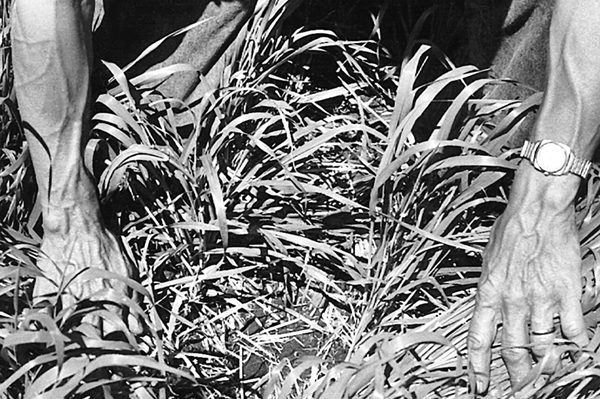No-Till Farmer
Get full access NOW to the most comprehensive, powerful and easy-to-use online resource for no-tillage practices. Just one good idea will pay for your subscription hundreds of times over.

When it comes to no-tilling wheat, it’s important to pay attention to the details.
Yet one of the drawbacks of no-till in a highly intensive wheat management program has been the strong emphasis on a residue-free seedbed, explains Lloyd Murdock, University of Kentucky soil scientist at Princeton, Ky. Unfortunately, many Kentucky farmers get a 6- to 7-bushel drop in yields with no-till wheat compared with conventional tillage.
Murdock sees the following as critical to creating a “winning” no-till package.
Spread Residue. Murdock says residue distribution behind the combine is critical with no-till wheat. Since it isn’t always possible to get residue cut and distributed evenly, he recommends increasing seeding rates 10 percent to 15 percent.
Early Vs. Late? If you plant too early, you risk yield loss from mosaic viruses and aphids. However, there are fewer problems with planting early.
Seed Right Varieties. To harvest good yields with no-till, Murdock says you need varieties that yield best under your own management system. Then add varieties from several maturity groups to avoid disease risks and spread out harvesting.
Critical Planting Depth. In conventional tillage, you can seed from 3/4 to 1 3/4 inches deep without much impact on yields. With no-till, it becomes more difficult to seed at an even depth, so cover wheat seed with 1 to 1 1/4 inches of soil.
Control Fall Weeds. “The biggest problem we see with no-till wheat is not getting a fall burndown of weeds shortly before or after planting,” says Murdock. “Even if…